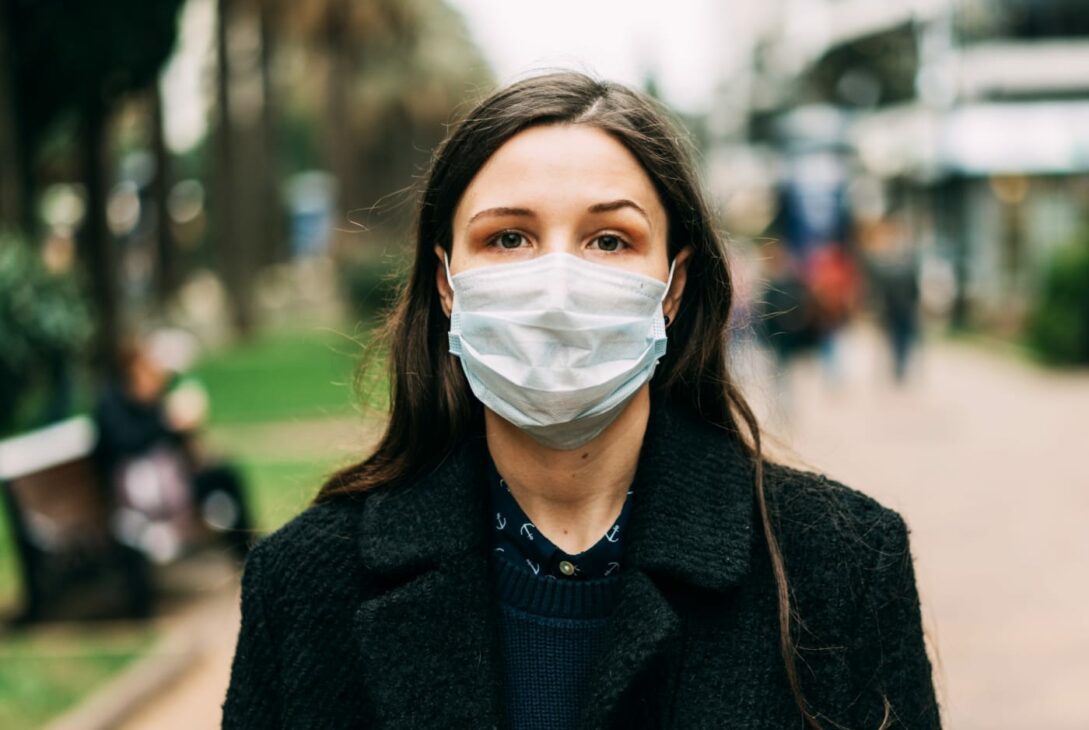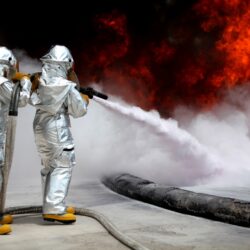Wearing a mask before going outside has become a daily necessity to run the simplest errands. Wearing a face mask in public is important to protect yourself and others from catching a virus.
Whether you are feeling well or not, wearing a mask will ensure that you will not catch the seasonal cold and flu, as well as reducing the risk of spreading it to others. Face masks can provide great protection for the wearer and the people surrounding them, but not all face masks can do the same job. There are many types of face masks such as surgical masks, fabric masks, and N95 masks.
Each type of face mask provides a different level protection from different types of infectious viruses. N95 masks are the most popular choice for healthcare workers who work closely to patients that carry viruses that can easily spread, which makes them hard to obtain. Luckily, you can find an alternative to the N95 mask and it is the KN95. You can find kn95 mask Canada sellers that always have it in stock for the ultimate protection.
When choosing a face mask, you have to focus on a number of factors such as the fit, the fabric, the amount of filtering layers, and the breathability. A face mask will offer the best protection based on the type of fabric it is made of and how much it seals around your mouth and nose.
What are the best types of face masks?
Many companies are manufacturing masks due to a shortage in supplies, but that does not mean that all of them will give you the same level of protection and will prevent germs from going into your respiratory system.
There four categories that separate each type of face mask depending on its level of protection. These categories are the following:
Minimum protection
Minimum protection face masks are used by healthcare workers when they are doing a quick exam on a patient that does not require using instruments that will cause fluids to spray in the air. This type of masks can be used by individuals who are going for a quick errand such as picking up laundry or purchasing an item from the grocery store.
Level 1
Level 1 masks are surgical masks that have fluid resistant up to 80 mmHg. It is commonly used by healthcare workers during a standard exam or a procedure that will not involve fluid spraying in the air. It is a great choice for people who work in an environment that does not involve being close to others.
Level 2
Level 2 face masks are great for light to moderate procedures that may result in fluids spraying in the air. These types of masks are made with a barrier that is resistant to fluids up to 120 mmHg. It is the most popular choice for dental offices and dermatology clinics.
Level 3
Level 3 face masks are what is used by surgeons and healthcare workers that need the highest level of protection from aerosol, spray, and fluid. This type can resist 160 mmHg of fluid. It is a great option for people who have to be surrounded by others for a long period of time.
Aside from the level of protection that each face masks can offer, the way it fits around your nose and mouth also plays a role in how it can prevent splashes and airborne particles from infecting your body. For example, surgical masks are commonly used by healthcare workers but it provides a loose fit around the face, while surgical respirators seal the mouth and nose tightly to ensure that the wearer will be safe around patients that carry infections and viruses that can spread easily.
What are the differences between medical masks?
Medical masks are N95 respirators, KN95 respirators, and surgical masks. They are seen on workers that need to be in hospitals and clinics, as well as workers who are in the dental industry.
Each of these medical masks provide a beneficial purposes, here are the differences between them:
N95 respirators are masks that fit extremely tight around the nose and mouth to create a sealing effect. These masks can block 95% of small airborne particles, which is why it is always worn by healthcare workers who are treating patients that carry highly infectious viruses. They are made out of polypropylene fibers that can trap particles and droplets.
KN95 respirators are similar to N95 masks and the Chinese government regulates them. The KN95 masks can filter out at least 95% of small airborne particles to prevent the transmission of viruses. The difference between N95 masks and KN95 masks is that the N95 masks are slightly more breathable and KN95 masks are required to pass a fitting test.
Surgical masks are disposable face masks that loosely cover your nose and mouth. Surgical masks are made of paper or polypropylene to block the vast majority of particles droplets and splashes. Surgical masks can be used to protect the wearer from others, as well as protecting others from the wearer. It is recommended that a person who has the flu to wear surgical masks in public, as it helps to prevent the spread of the virus. It can also be worn by healthcare workers on top of their N95 or KN95 masks to protect the respirator masks from becoming soiled and making them last longer.
Conclusion
Every type of face mask can provide protection from the vast majority of respiratory droplets, but they all depend on how you wear them. Wearing a loosely fitted face mask around an infected person may protect you from catching the virus, as long as you are not spending hours around them.
It is important to wear your face mask correctly by ensuring that you pinch the top to seal it around your nose and getting a size that won’t be too big around your chin and your cheeks. You can also adjust a large sized mask to fit you correctly.















